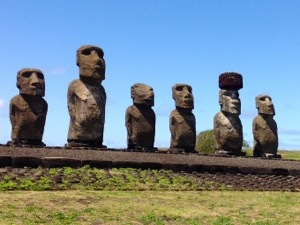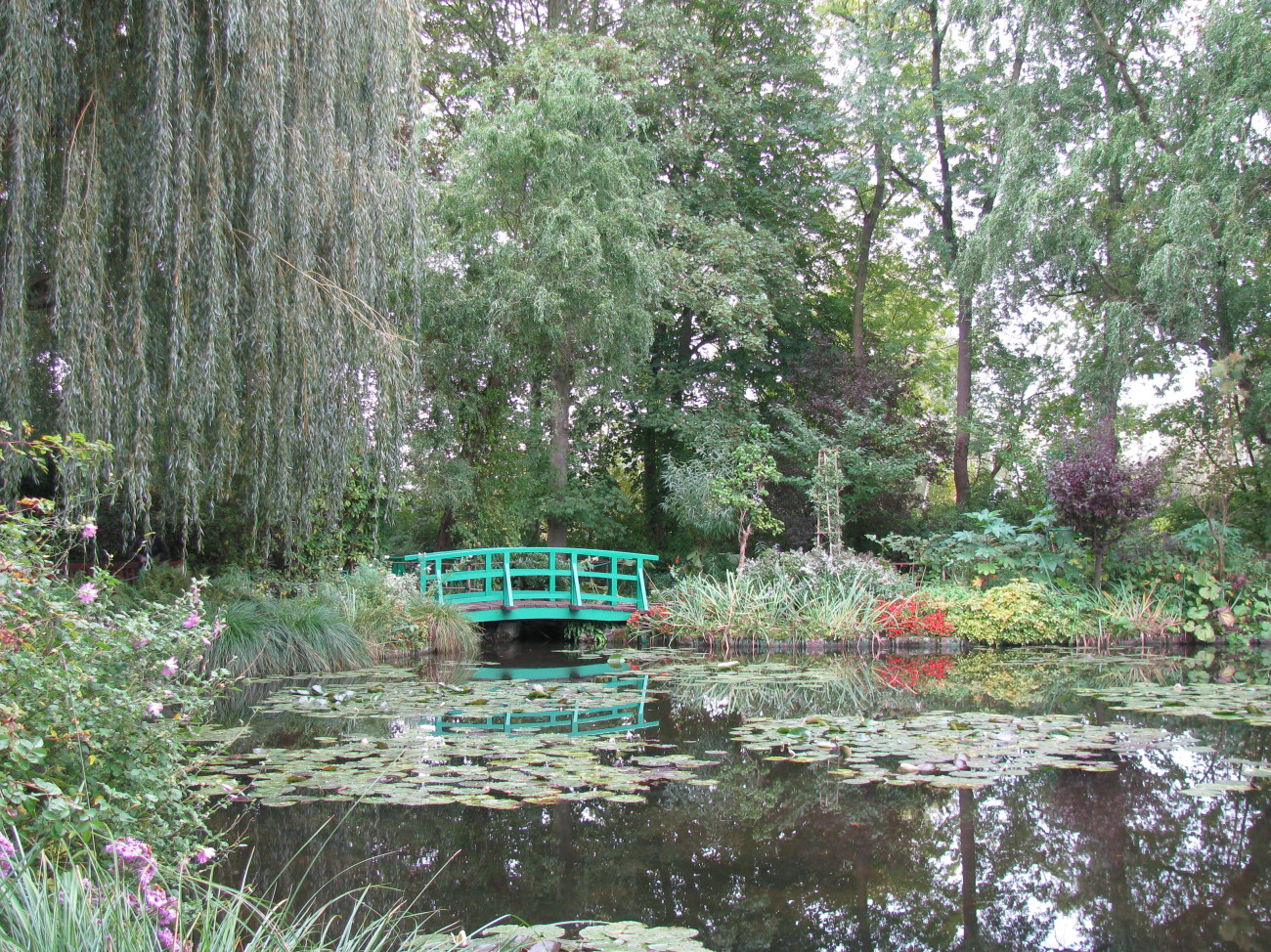
by Loti | Apr 21, 2015 | Amazon, Animals, Birds, Flowers, Landscapes, Plants, Reptiles
Amazon, Peru. How to describe it? A big muddy river or the most beautiful spot on our planet. Where else can you see pink dolphins (the only place in the world), monkeys, 2 toed sloths, wild orchids, 4 foot iguanas and gorgeous sunsets while navigating a giant, muddy river? The statistics are staggering; 25% of all our oxygen is produced in the Amazon, one third of all species live there, the drainage basin covers 2.7 million square miles, and 25% of all drugs come from rain forest ingredients. Wow. Yet, we have destroyed 20% of the forest already; gone forever to make way for cattle grazing, mining, logging and agriculture. And the deforestation is continuing at a dizzying pace. What can be done before the whole ecosystem collapses? Well, you can visit (ecotourism supports the rainforest), think about your food choices (huge swathes of rainforest are being destroyed to plant soybeans in support of cattle), avoid companies exploiting the forest (selling exotic animals or timber) and learn all you can. But time to get off my soapbox and back to planning a return trip to Peru in search of birds and orchids! Now that is helpful and...

by Loti | May 26, 2014 | Conquering Fear, Insects, Landscapes, Uncategorized, United States
North Carolina. My first hike in years. About 3 miles, considered easy to moderate. I was warned about poison ivy, getting dehydrated and even to be careful of my hiking partner since I had recently met him. Not to mention bears, muggers, mountain lions, snakes and whatever else my catastrophic mind could conjure up. Yikes, should I even go? It is amazing what fear can prevent me from doing (I tend to become immobilized). But it is even more amazing what occurs when I conquer my fears. I had an absolute blast hiking. I felt like I was 8 years and on top of the world. And what a magical world. I half expected a forest fairy to run out and dance around us. We found a huge green lunar moth, tiny wildflowers, moss covered tree trunks, cardinals, streams flowing under old wooden bridges, mushrooms, and millions of plants including jack in the pulpits which I haven’t seen since childhood. And we found this beautiful (remember beauty is in the eye of the beholder)centipede tucked into a rotting log. How very cool. It was so much fun discovering new things around every bend. It just reinforces that life is to be lived, every day. There is magic every where you look. And if I hadn’t faced my fears about the hike? I would have missed one of the best experiences in recent...

by Loti | Oct 15, 2013 | Architecture, Easter Island, Landscapes, Wonder of the World
Easter island. Remote does not even begin to describe this fascinating island. The closest inhabited island is Pitcairn Island with 50 inhabitants located 1300 miles away. Mainland Chile is over 2,100 miles, a 6 hour plane ride. Yet it boasts one of the longest runways in the Pacific thanks to the US space program. In 1986, the US extended the runway in both directions to serve as an emergency landing spot if the space shuttle got into trouble after liftoff. And mystery surrounds the island. No one is really sure of how and when the island was settled. Archeologists disagree when the island was inhabited first, with varying estimates of 300 AD to 1200 AD. At one point there were 10,000 to 20,000 residents, however by 1877 there were only 111 residents left. And then there are the Moai, the ancient statues which bring so many to Easter island. How were they made, moved, toppled? We have much to still learn about this fascinating island. I thought I would find answers on visiting it first hand, but only came away with more...

by Loti | Sep 26, 2013 | Flowers, Food, Insects, Landscapes, United States
Denver. Strolling through the Botanical gardens, this interesting wood cabinet caught my eye. On further investigation, it turns out to be a hotel. For bugs! Why in the world would you want to have a place for insects to camp out? Well, where else do they stay in downtown Denver (or anywhere else in the world), especially in the winter? Made from pine cones, bamboo, grass, bricks and other recycled materials, is is an interesting and it turns out, an important addition to the landscape. Attracting ladybugs, solitary bees and wasps, grasshoppers and other critters that pollinate our flowers and vegetables and eat bad bugs like aphids, they are good for the both the garden and the ecosystem. Some are even considered art. And they are very popular in Europe. London sponsored a contest for architects to construct the most luxurious bug hotels which you can now see as you stroll though the city and the Chelsea Flower Show featured numerous insect hotels. Cities like Vancouver are also getting into the act. The downtown area reclaimed an old phone booth and turned into into an urban hotel for insects. How clever. If you don’t want to build a hotel, you can (of course) buy one on Amazon. And even if you are not into gardening, over 90% of the world’s flowers and crops need pollination to reproduce (just think, there would be no chocolate without midge flies!) By providing lodging, we can care for our insect brethren as we continue to encroach on and often destroy their habitats. Just be sure to leave the lights on and a mint...

by Loti | Jun 28, 2013 | Art, Flowers, France, Landscapes
France. One of the most famous bridges ever painted. The Japanese bridge (I haven’t been able to figure out why it is considered Japanese) is in Monet’s gardens in Giverny, 80 kilometers west of Paris. A sight to behold. Claude Monet, one of the key painters in The Impressionist movement, was also a master gardener and horticulturist. His greatest passion became his gardens and he was quoted as saying his greatest masterpiece was also his gardens. During his last 20 years (he died at 86), he painted a series of paintings depicting the bridge and the water lilies surrounding it. His painting entitled Le bassin aux nympheas (a water lily) sold in 2008 for $80.4 million putting it in the top 20 highest priced paintings ever. To stand on the bridge, under wisteria actually planted by Monet, and look out at the water lilies is an amazing experience. Here’s to life and gardening!...

by Loti | Apr 23, 2013 | Africa, Conquering Fear, Landscapes, Wonder of the World, World heritage Sites
Africa. What an awe inspiring sight! Hovering above Victoria Falls in a helicopter (this was definitely way outside my comfort zone), we could see the mist surrounding the falls. And walking the trails around the falls, you hear the thunder of the water, feel the damp spray and try to dodge the monkeys. Just amazing. Called the Smoke that Thunders by the locals, the falls lie on the border of Zimbabwe and Zambia in Southern Africa. Discovered by David Livingstone (the Scottish missionary and physician who was greeted with the famous phrase, “Dr. Livingstone, I presume”), they are named after Queen Victoria of England. Over 1 mile wide and 350 feet high, they are the one of the largest waterfalls on the planet and are designated a World Heritage site. They are also included on the list of the Seven Natural Wonders of the World published by CNN. Which I found fascinating, because on doing some research, there are multiple lists of the Seven Wonders of the World. And each is different. There is the Ancient Seven Wonders, the Natural, the Medieval, the New Seven Wonders, the Modern, the Industrial, the Underwater and even the Animal Seven Wonders (which includes butterflies and magpies). So much to do and see and...







